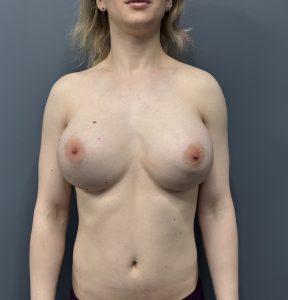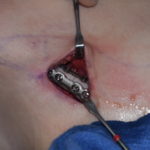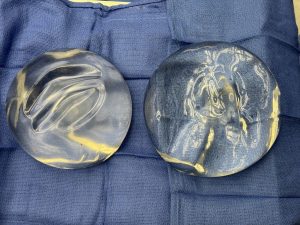There is an extensive range of silicone breast implant sizes available today, making it possible to meet the aesthetic goals of virtually any patient—regardless of their height, weight, or body type. Selecting the appropriate implant size involves a combination of preoperative planning techniques, but it is important to remember that sizing is not an exact science. Fortunately, the majority of patients are satisfied with their postoperative results, and only a small number seek immediate implant exchange to adjust size.
Why Some Patients Opt to Go Larger
For some patients, however, a secondary increase in implant size becomes desirable over time. This decision may stem from several reasons:
-
Initial hesitation: Some patients initially choose a conservative size due to concerns about appearing “too big,” only to later realize those fears were unfounded.
-
Change in perception: Others may have been content with their results at first but eventually feel their enhanced size is no longer sufficient.
-
Surgeon-imposed limits: Occasionally, a plastic surgeon may limit the initial implant size due to tissue constraints or surgical preference, with the patient later reconsidering that decision.
The Goal of Being Big: A Staged Strategy
A distinct subset of patients pursue a large breast augmentation from the outset. However, achieving this XL size typically requires a stepwise, staged approach. Breast tissues can only stretch so far at a time, and exceeding those limits risks complications. Therefore, serial implant placement becomes a form of delayed tissue expansion.
The Process of Serial Implant Placement
This method involves placing the largest implants the tissues can tolerate initially, followed by an implant exchange 6 to 12 months later. The key question becomes: How much larger can the next implant safely be?

Reaching the XL Result: A Real Example

Intraoperatively, the comparison between 800cc and 1240cc implants was striking. As long as the implant footprint (diameter) remains relatively stable, the increased volume translates primarily to greater breast projection rather than base width expansion.
The Final Aesthetic

There are other techniques for achieving an XL breast augmentation result using tissue expanders and saline implants which may differ from what is described here using silicone implants.
Dr. Barry Eppley
World-Renowned Plastic Surgeon






